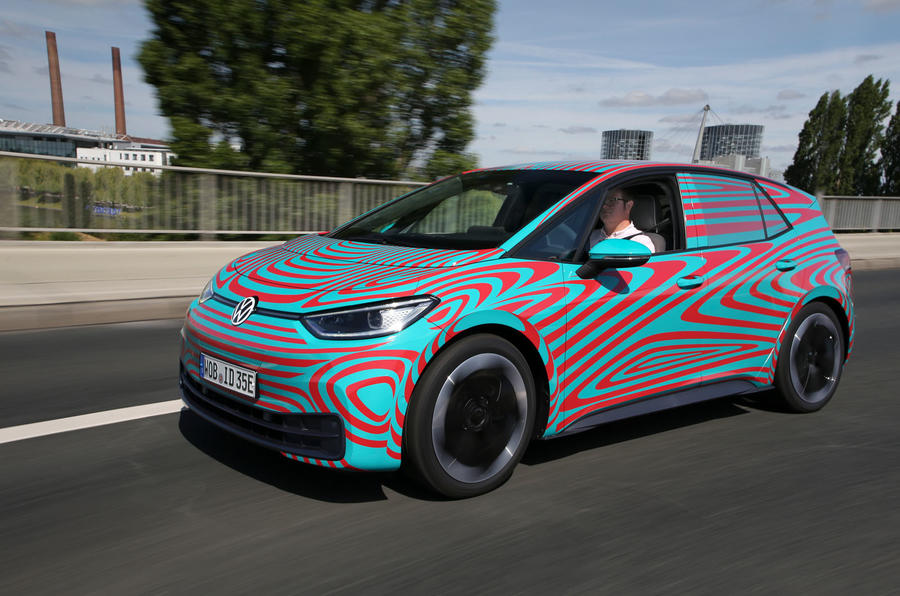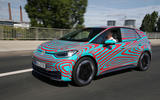What is it?
The Volkswagen ID 3 might be the most important new car built by the world's biggest car maker in decades. It certainly has had an epoch-making billing.
VW’s first age, its management claims, was defined by the car that the company was named after. Its second has been symbolised by the car that had been, until last year, the firm’s biggest-selling model since the 1970s: the Volkswagen Golf. Now, they say, it’s time for chapter three. Step forward, then, the Freudian wunderkind.
They’ve said such things before, of course. Ferdinand Piëch famously wanted to move the brand upmarket throughout the 1990s and 2000s, but his engineering passion somehow ended up benefiting the VW Group’s sister brands more. Remember the fuss made about the family of Up concept cars that appeared in the late noughties? And, more recently, the move back towards upmarket territory again with the Atlas, Phideon, Volkswagen Arteon and current Volkswagen Touareg? All were supposed to be the beginning of a new VW. Somehow, none were.
This time, though, the new dawn might just rise, particularly if necessity proves to be the mother of reinvention. The all-electric VW ID sub-brand is now close enough to touch. Having set out an electric-car investment plan unparalleled in the global automotive industry, VW will unveil the first of 10 all-new, ground-up EV passenger cars due by 2025 at the Frankfurt motor show this September. It’ll be a roughly Golf-sized five-door hatchback called ID 3.
And, having now driven one, I can tell you that it’ll be interesting for all sorts of reasons: for its all-round compactness, its rear-engined-ness, its clever packaging, its urban manoeuvrability, its zappy yet quiet performance, its cutting-edge instrumentation technology and its uncharacteristically (slightly) bold styling. There is, of course, also the small matter of being able to charge it up at home, run it entirely emissions free, and do your bit for the ‘road-to-zero’ carbon-cutting agenda.




























Join the debate
Add your comment
The man yet again makes a
The man yet again makes a fool of himself by giving a score to a car he hasn't reviewed.
apps
It is nice information and you explained in a nice way. Thanks for sharing this. Want to know more about the latest apps? Here you will get the best apps to update your android mobile. https://www.basictricks.net/android-lollipop-5-1-update/
In terms of styling, this